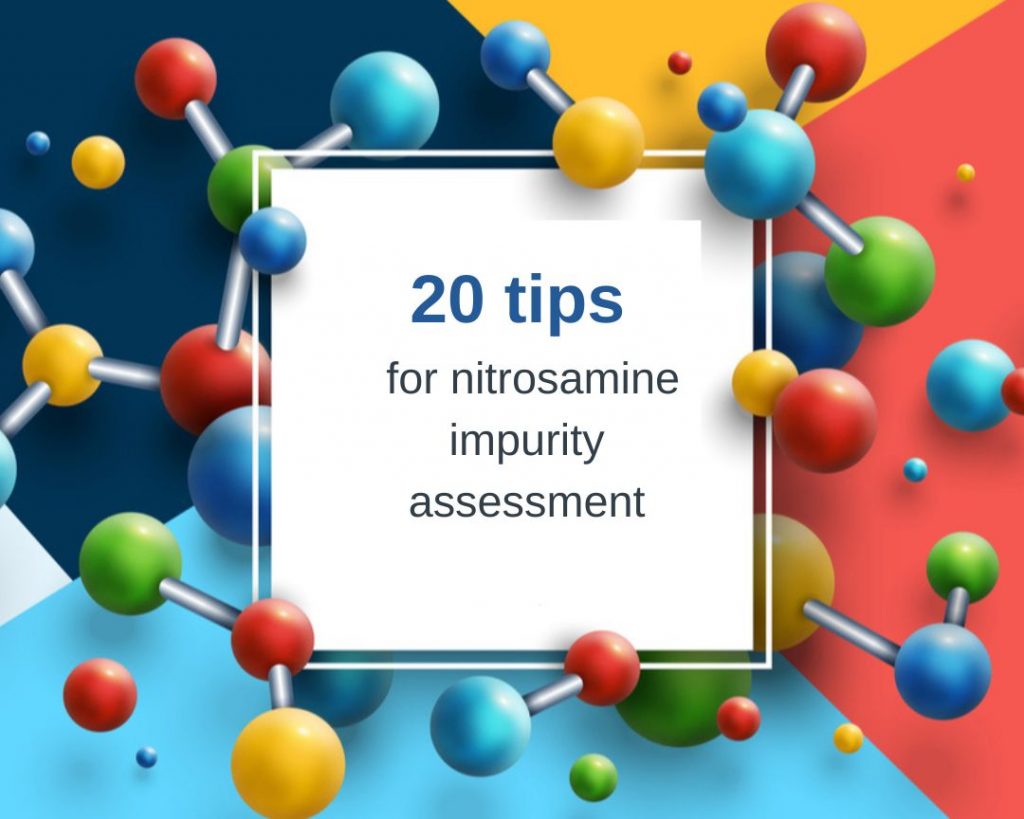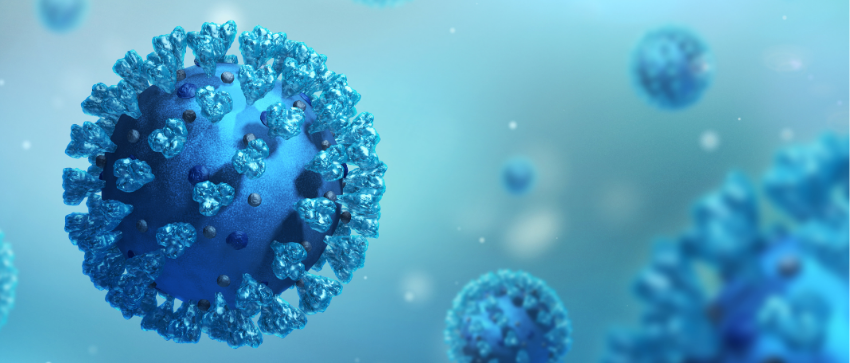20 tips for nitrosamine impurity assessment
Written by Alison Reeves with top tips by Diego Gomes. Many readers of this blog will be aware of the risk posed by nitrosamine impurities, as an ongoing pharmaceutical industry hot topic. N-nitrosamines are compounds characterised by a nitroso group bonded to an amine group – nitrosamines are of concern as they can be mutagenic, […]
20 tips for nitrosamine impurity assessment Read More »










